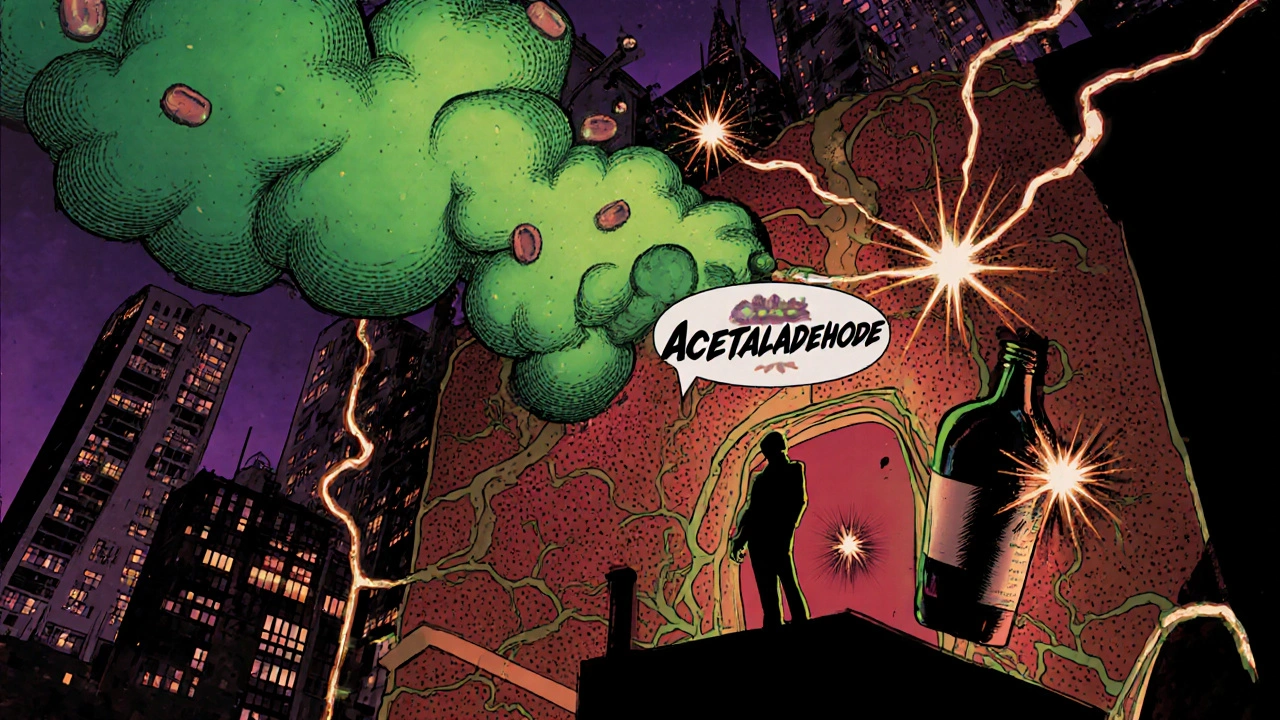Alcoholic Liver Disease: Causes, Symptoms, and What You Can Do
When you drink alcohol regularly over many years, your liver doesn’t just process it—it starts to fight back. This is alcoholic liver disease, a range of liver conditions caused by excessive alcohol consumption, including fatty liver, alcoholic hepatitis, and cirrhosis. Also known as alcohol-related liver damage, it doesn’t happen overnight, but it’s one of the most preventable forms of liver failure. Unlike other liver diseases, this one has a direct link to behavior. And that’s the good news: if you cut back or stop drinking, your liver can often heal itself—especially in the early stages.
It starts quietly. Most people with early-stage alcoholic liver disease feel fine. No pain, no jaundice, no warning signs. But inside, fat builds up in liver cells—that’s fatty liver, the first and most common stage of alcohol-related liver injury. If drinking continues, inflammation kicks in. That’s alcoholic hepatitis, a more serious condition where the liver becomes swollen and damaged, sometimes leading to fever, nausea, and abdominal pain. Left unchecked, scar tissue replaces healthy tissue. That’s liver cirrhosis, the final, often irreversible stage where the liver can no longer function properly. And once cirrhosis sets in, your risk of liver cancer and failure rises sharply.
What makes this worse is that many people don’t realize how much they’re drinking. A few drinks a night adds up. Heavy drinking isn’t just weekends or parties—it’s daily habits. And genetics play a role too. Some people’s livers break down alcohol slower, making them more vulnerable even at lower intake levels. That’s why two people drinking the same amount can have wildly different outcomes. The key isn’t just how much you drink, but how long you’ve been drinking it.
If you’ve been drinking heavily for years and feel tired all the time, lose appetite, or notice swelling in your legs or belly, don’t wait. These aren’t normal signs of aging—they’re red flags. Even if you’re not ready to quit, getting checked now can make a difference. Blood tests, ultrasounds, and sometimes a liver biopsy can show how much damage has been done. And if you’re ready to stop, support is out there. Recovery isn’t just about willpower—it’s about medical care, counseling, and community.
The posts below cover real-world stories and practical advice on managing alcohol-related liver damage, understanding its connection to other health issues, and finding affordable ways to get help. You’ll find comparisons of medications used to treat complications, insights into how alcohol affects the immune system, and guides on navigating treatment when money is tight. This isn’t about shame—it’s about facts, options, and taking control before it’s too late.

Alcohol and Liver Failure: How Drinking Damages the Liver
Learn how alcohol damages the liver, the stages from fatty liver to cirrhosis, warning signs of liver failure, diagnosis methods, and effective prevention and treatment strategies.
